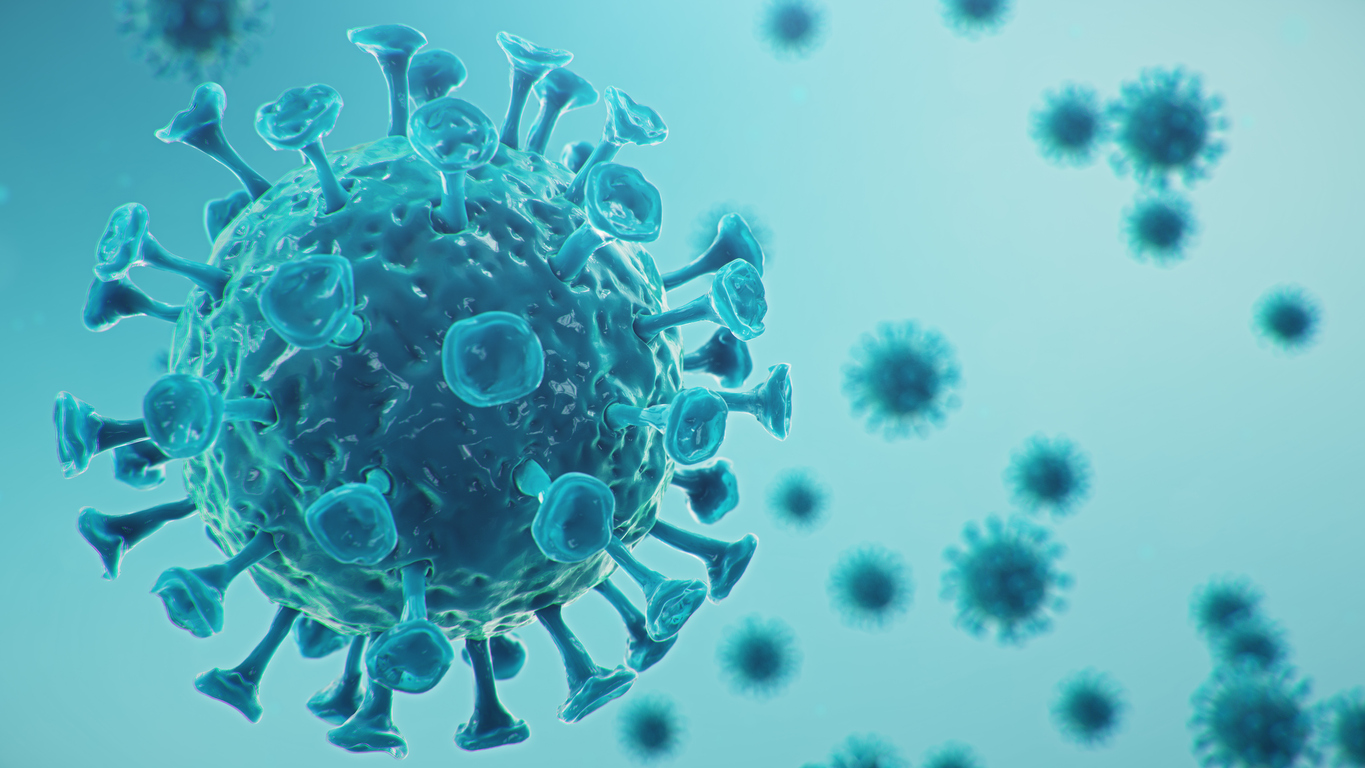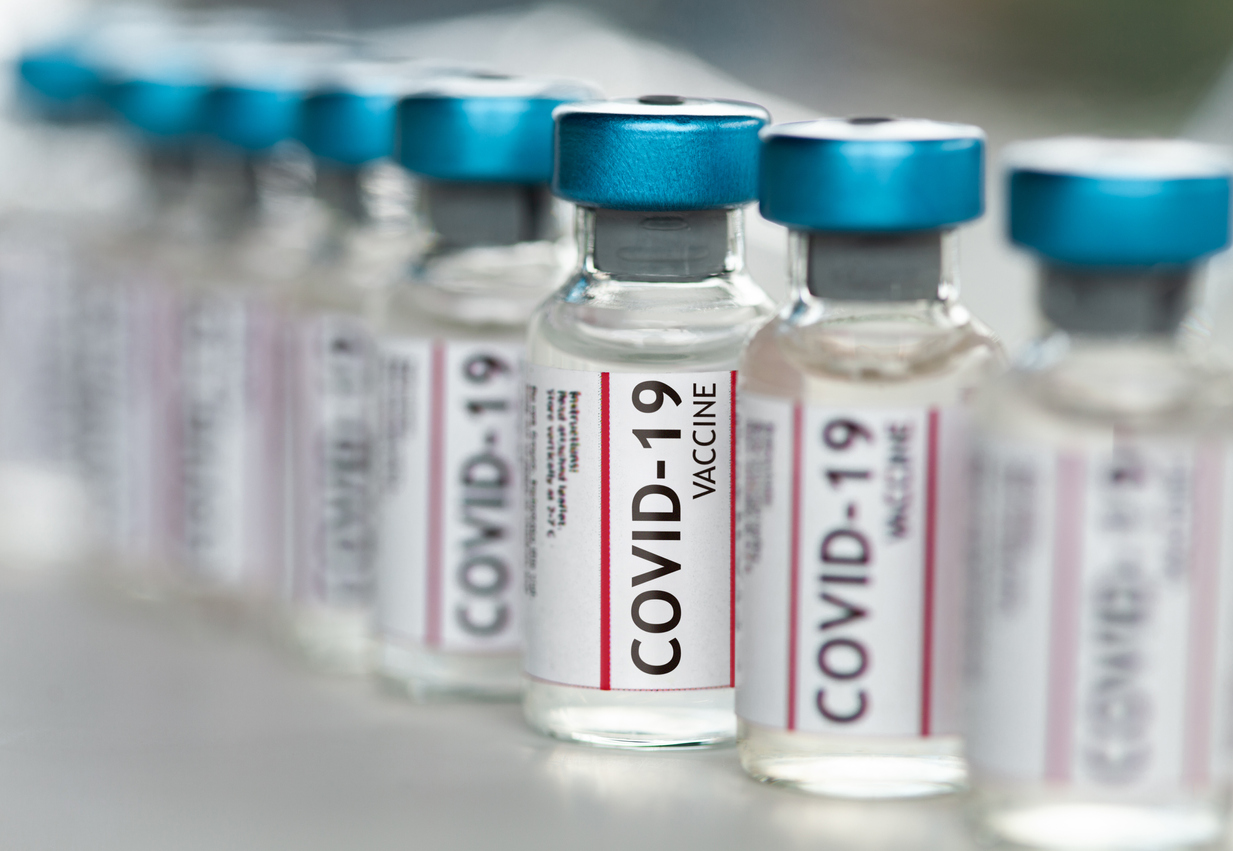Blog
Page 6
CTC Separation: Circulating Tumor Cells Isolation Methods and CTC Isolation from Whole Blood
Updated on Dec 9, 2024 Share
CTC Separation When a cancerous tumor is present in the human body, some of the tumor cells can be shed into blood or lymph vessels, where they travel through the bloodstream alone or in clusters. These cells are called circulating tumor cells (CTCs). Scientists can collect these cells for research purposes through a process called CTC separation. CTC separation is the process of CTC isolation from whole blood samples. Residual …
The Simplest and Quickest Method for T Cell Isolation From Mouse Spleen
Updated on Dec 9, 2024 Share
Spleen Cell Isolation Just as a gold mine has different areas with higher concentrations of gold, different parts of the body have different levels of T cells. In a mouse, the spleen cell culture is composed of around 100 million splenocytes. Splenocytes are mononuclear white blood cells (WBCs) derived from or situated in the spleen. T cells typically comprise roughly 25% of the total splenocyte population. While murine (relating to …
CD4 Helper T Cells: What Are CD4 T Cells? CD4 T Cell Functions and Isolation Methods
Updated on Aug 12, 2024 Share
What are CD4 Cells? The human immune system is broken down into two major categories: the innate immune system and the adaptive immune system. The innate immune system is comprised of different physical, chemical, and cellular responses to pathogens that jump into action, offering general and non-specific first line defense when the immune system is called to act in an effort to contain the spread of pathogens. The adaptive immune …
Magnetic Beads for Cell Isolation and How to Remove Magnetic Beads From Cells
Updated on Mar 28, 2025 Share
Cell Separation Using Magnetic Beads Due to a constant demand for enriched cell samples, there are a variety of methods used to isolate and extract target cells from a mixture. One of the more common techniques is magnetic-activated cell sorting (MACS). MACS uses magnetic beads and a magnetic separation column to perform cell enrichment. MACS The goal of MACS, also called immunomagnetic cell separation, is to isolate a single cell …
What is Buffy Coat in Blood? Buffy Coat Preparation and Buffy Coat Cell Extraction
Updated on Mar 3, 2025 Share
What Is a Buffy Coat? A buffy coat is a mix of lymphocytes, monocytes, granulocytes, and platelets, isolated from plasma and RBCs by centrifugation. In a sample of peripheral whole blood, less than 1% of the cells are white blood cells (WBCs) and platelets. When researchers put the sample through a centrifuge, a machine that spins the blood, those WBCs and platelets combine to form their own layer suspended between the red blood …
Living Cells can React to Magnetic Signals
Updated on Aug 4, 2023 Share
Researchers and scientists around the world have long theorized that the inherent directional systems in various animals (including migratory animals like birds, butterflies, whales, and possibly even humans) could have a magnetic component – that internal navigational impulses are related in some way to Earth’s magnetic field. While this has been a long-standing theory, the underlying cellular mechanisms that support the ability of an organism to detect magnetic field to …
T Cell Immunity & the COVID-19 Vaccine
Updated on Aug 21, 2023 Share
COVID-19 Reinfection In January 2020, the Center for Disease Control (CDC) confirmed the first domestic case of COVID-19, an infectious disease caused by the SARS-CoV-2 virus. Soon after, COVID-19 was declared a global pandemic, spreading at exponential rates and drastically altering the world as we knew it. After more than a year of research and experiments, we’ve begun to learn more about the mechanisms of this coronavirus variant, and how …
Improving COVID-19 Detection using Saliva Samples instead of NPS
Updated on Aug 4, 2023 Share
Saliva-based tests can simplify, accelerate, and increase the availability of COVID-19 testing – and potentially lead to better patient outcomes. The COVID-19 pandemic continues to cause illness across the world, but there is hope on the horizon as improved testing, treatments, and vaccines make their way to the global population. With the emergence of new SARS-CoV-2 variants and mutations, however, it is more important than ever that testing …
COVID-19 Vaccine: How do mRNA Vaccines Work?
Updated on Dec 9, 2024 Share
What is an mRNA Vaccine? Messenger ribonucleic acid (mRNA) is genetic material that acts as instructions for cells to develop proteins. An mRNA vaccine harnesses the productive capabilities of mRNA to build up immunities by subjecting the body to proteins that will be recognizable in the future if naturally exposed to a virus. How do mRNA Vaccines Work? While most vaccines contain a weakened or inactive infectious pathogen, mRNA vaccines …
Cell Culture Problems: Cell Clumping – Causes, How to Unclump Cells & How to Avoid Cell Clumping
Updated on Mar 28, 2025 Share
What Is Cell Clumping? When working with single-suspension cell cultures in a growth medium, it is not uncommon to experience cell loss in a sample. As cells are ruptured, they release DNA and debris that cause cells to aggregate into large clumps that make it difficult for them to expand. Cell clumping can both lead to and be caused by cell apoptosis, or cell death. As more cells die and …





